 The tile and grout in your kitchen, bathrooms, and flooring requires attention during cold and flu season. Tile and grout cleaning may be part of your typical household cleaning routine, but it’s especially important to address during the winter to keep your home as free of bacteria and germs as possible.
The tile and grout in your kitchen, bathrooms, and flooring requires attention during cold and flu season. Tile and grout cleaning may be part of your typical household cleaning routine, but it’s especially important to address during the winter to keep your home as free of bacteria and germs as possible.
Look for the warning signs below to determine when it’s time to clean your tile and grout.
Your Tile and Grout Is Stained or Discolored
Stains and discoloration on your tiles or in your grout lines aren’t just unpleasant to look at; they are also signs of bacteria accumulation, mildew formation, or even mold growth. Dark green or black stains require immediate attention. The surfaces in your kitchen and bathrooms likely face more moisture exposure than the other rooms of your home, so this makes them prime breeding grounds for mold and other hazardous substances. If you notice any discoloration or stains on your tile and grout, it’s time to clean them thoroughly.
Grout Does Not Appear to Come Clean With Standard Cleanings
Most homeowners have conventional cleaning tools and cleansers that can handle mild to moderate grime, but for serious stains and messes, it’s important to use the right deep cleaning products. If your tile or grout does not come clean with standard cleaning tools and methods, then this is a sign your tile and grout need more attention. If moisture gets under your grout, you’ll start noticing serious issues like cracked tiles or even water damage if it goes unchecked for too long.
RELATED ARTICLE: Ceramic Tile Cleaning 101
Your Grout Is Unsealed
Perhaps you installed your grout yourself and forgot to seal it, or the contractor you paid to complete a grouting job never returned to seal it after it dried. In either case, unsealed grout is especially vulnerable to mold and mildew growth. Unchecked exposure allows cracks to form in the grout, which can lead to deep-rooted problems later. If your grout is unsealed and has been for some time, it’s essential to arrange a thorough cleaning before sealing it and preventing further damage. Properly sealed grout will be much easier to maintain and will last much longer than unsealed grout.
RELATED ARTICLE: How a Home’s Flooring Affects Market Value
Professional Surface Restoration specializes in hard surface restoration. We have the tools and experience to handle all types of deep cleaning jobs, including stubborn stains on tile and grout that won’t wash away with conventional store-bought cleaning products.
If you think your tile and grout are in need of professional attention or if your cleaning efforts have seemed to prove fruitless, contact Professional Surface Restoration today to schedule a professional tile and grout cleaning for your property.
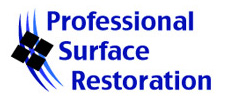
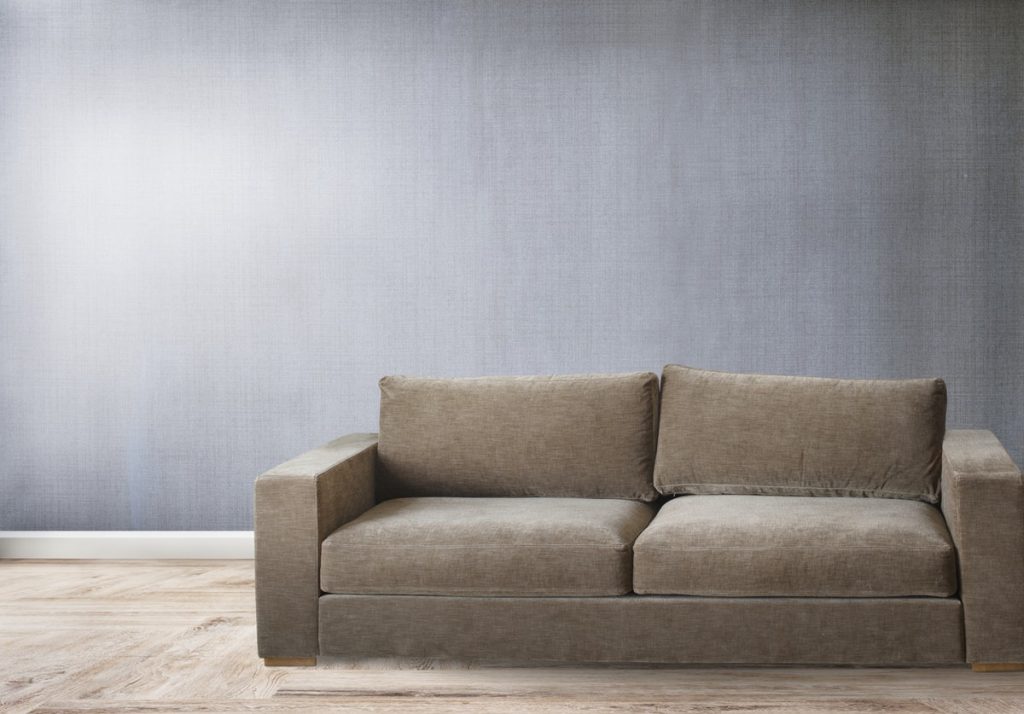 Kids, pets, or simply everyday use can take a toll on your entire house, including your upholstered furniture.
Kids, pets, or simply everyday use can take a toll on your entire house, including your upholstered furniture.  The late fall and winter seasons bring with them the joys of the holidays, and you’ve done an immense amount of work to prepare your home for the impending onslaught of guests. You’ve dug out the festive decorations, purchased enough food and supplies to house an army, and prepped all the guest rooms to ensure everyone has a pleasant and comfortable stay.
The late fall and winter seasons bring with them the joys of the holidays, and you’ve done an immense amount of work to prepare your home for the impending onslaught of guests. You’ve dug out the festive decorations, purchased enough food and supplies to house an army, and prepped all the guest rooms to ensure everyone has a pleasant and comfortable stay.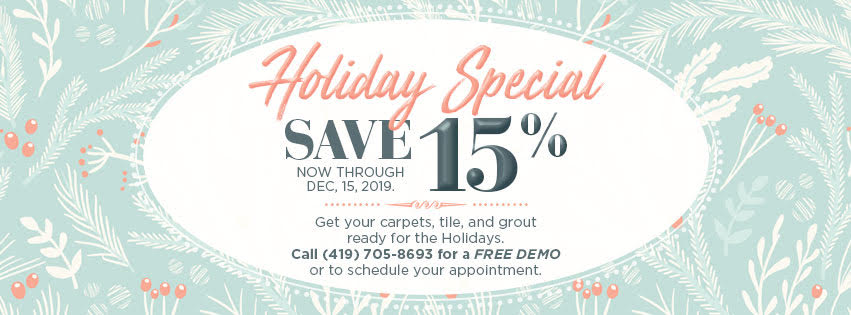
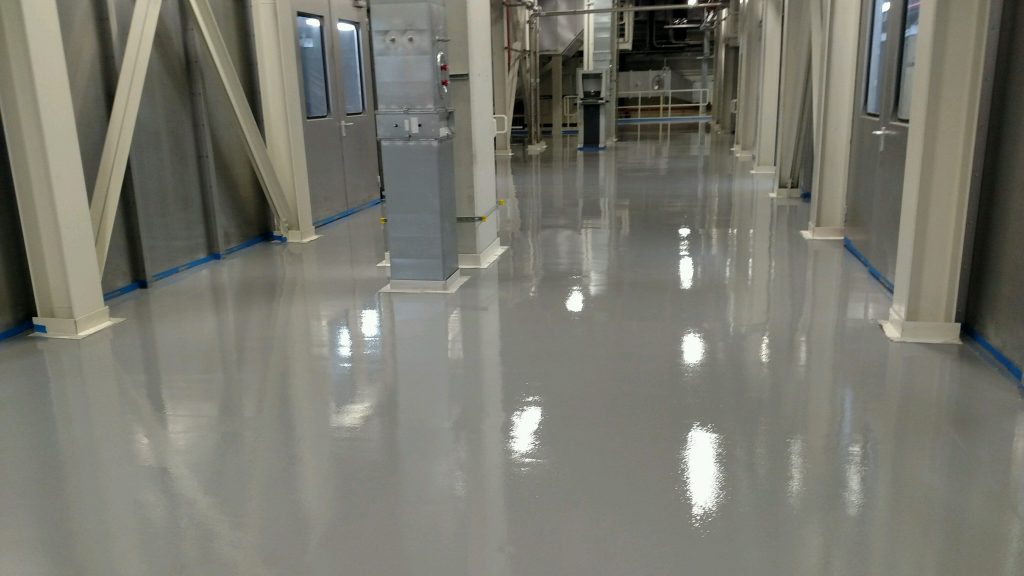 Epoxy is a floor coating that consists of an epoxide resin, hardener, and other stabilizing ingredients that, when mixed, trigger a chemical reaction. Concrete floors coated with an epoxy finish are sealed and cured, giving the floor additional durable qualities. This short guide to the pros and cons of epoxy floors can help you determine if they are the right choice for you.
Epoxy is a floor coating that consists of an epoxide resin, hardener, and other stabilizing ingredients that, when mixed, trigger a chemical reaction. Concrete floors coated with an epoxy finish are sealed and cured, giving the floor additional durable qualities. This short guide to the pros and cons of epoxy floors can help you determine if they are the right choice for you. Concrete densifier is often promoted as one of the top advancements in concrete technology today. However, the nature of the product can be confusing to those without a deep knowledge of the concrete industry. What is densifier? How does it work? How might it affect the life of your flooring?
Concrete densifier is often promoted as one of the top advancements in concrete technology today. However, the nature of the product can be confusing to those without a deep knowledge of the concrete industry. What is densifier? How does it work? How might it affect the life of your flooring? Are allergens in your business location making your patrons uncomfortable? Many businesses don’t even realize the answer is yes. Seasonal allergens can affect your customers in surprising ways – from scratchy skin to sneezing. Professional Surface Restoration’s cleaning services can help you provide a better experience for them that can mean more business for you.
Are allergens in your business location making your patrons uncomfortable? Many businesses don’t even realize the answer is yes. Seasonal allergens can affect your customers in surprising ways – from scratchy skin to sneezing. Professional Surface Restoration’s cleaning services can help you provide a better experience for them that can mean more business for you.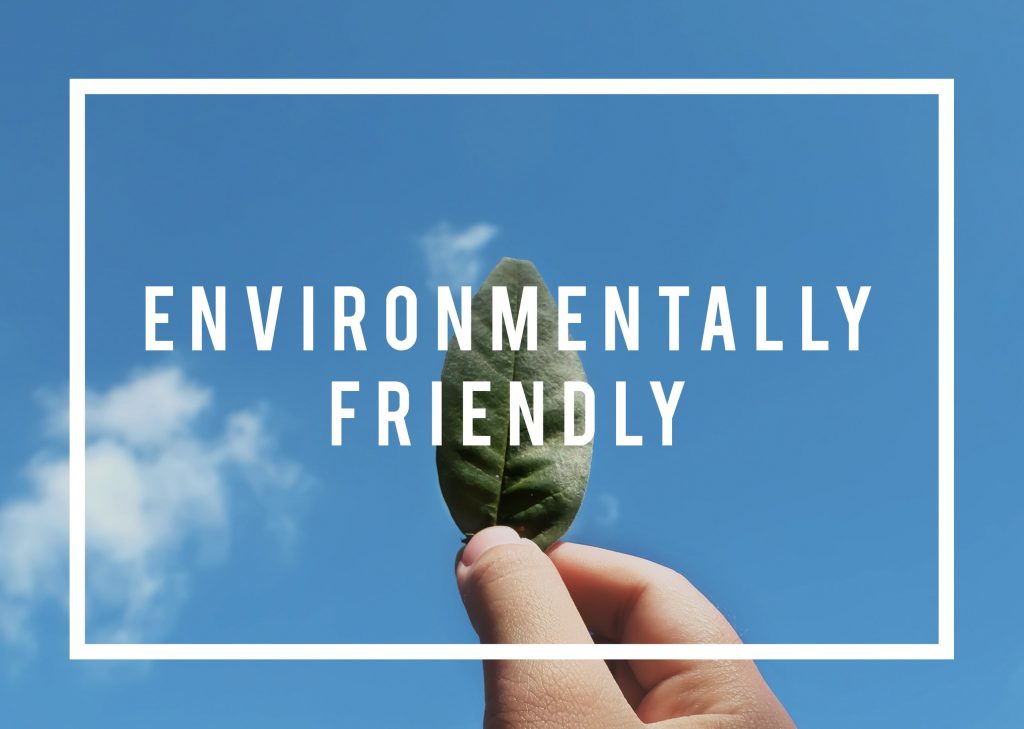 The more we learn about the chemicals that comprise common household cleaners, the more concerned we should be about the effects they are having not only on the Earth but on our bodies. While some cleaning agents and materials are effective at cleaning up some difficult messes, they can also pose serious health risks to those who use them or come into contact with them.
The more we learn about the chemicals that comprise common household cleaners, the more concerned we should be about the effects they are having not only on the Earth but on our bodies. While some cleaning agents and materials are effective at cleaning up some difficult messes, they can also pose serious health risks to those who use them or come into contact with them.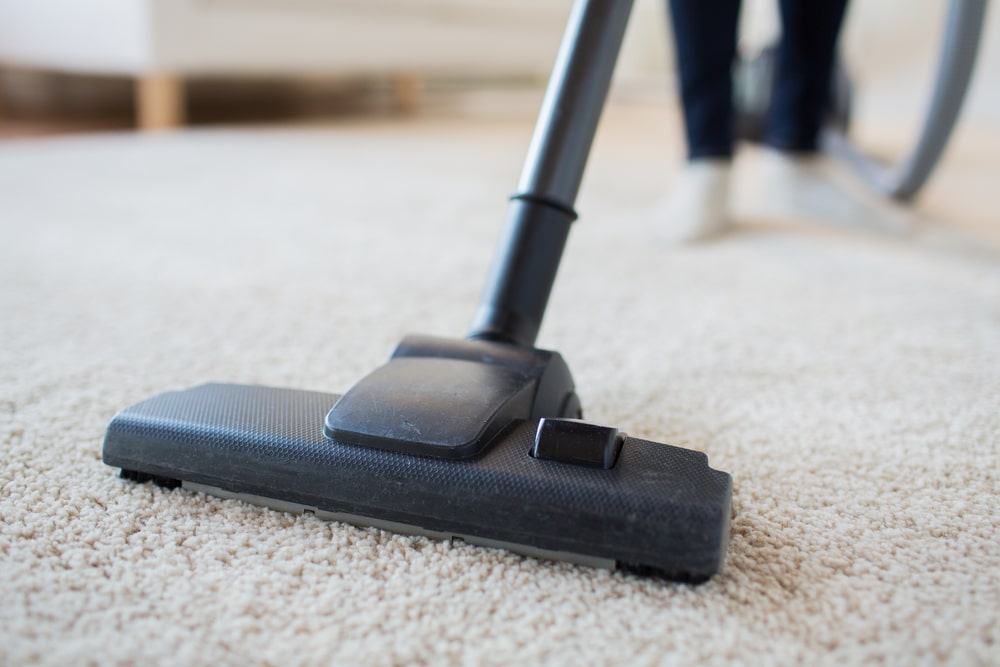 Vacuuming is a great way to clean carpets (and floors) from week-to-week, or more, depending on your home’s needs. However, many people consider a vacuumed carpet “cleaned,” but that’s not always true. Vacuuming may be the best way to get large particles and dirt out of a carpet, but the carpet isn’t actually “clean” until you have gone a bit deeper than simply sucking up the easy-to-reach dirt.
Vacuuming is a great way to clean carpets (and floors) from week-to-week, or more, depending on your home’s needs. However, many people consider a vacuumed carpet “cleaned,” but that’s not always true. Vacuuming may be the best way to get large particles and dirt out of a carpet, but the carpet isn’t actually “clean” until you have gone a bit deeper than simply sucking up the easy-to-reach dirt. People don’t give commercial floors much thought when they’re clean and well-maintained. However, that can change quickly when in disrepair or dirty. This can leave customers with the impression that your business doesn’t take the time to attend to small details or possibly doesn’t have the funds to keep the floor clean and safe. They may form a lasting impression that leads customers to believe you won’t take proper care with their products or services either.
People don’t give commercial floors much thought when they’re clean and well-maintained. However, that can change quickly when in disrepair or dirty. This can leave customers with the impression that your business doesn’t take the time to attend to small details or possibly doesn’t have the funds to keep the floor clean and safe. They may form a lasting impression that leads customers to believe you won’t take proper care with their products or services either. One of the first things potential home buyers notice when going through a house is the condition of the floors. Since the floor is such a large area that will draw the attention of any buyer, if it has cracks, mold, mildew, or other flaws it may cost the realtor a sale. Identify these flooring red flags before a home buyer does.
One of the first things potential home buyers notice when going through a house is the condition of the floors. Since the floor is such a large area that will draw the attention of any buyer, if it has cracks, mold, mildew, or other flaws it may cost the realtor a sale. Identify these flooring red flags before a home buyer does.